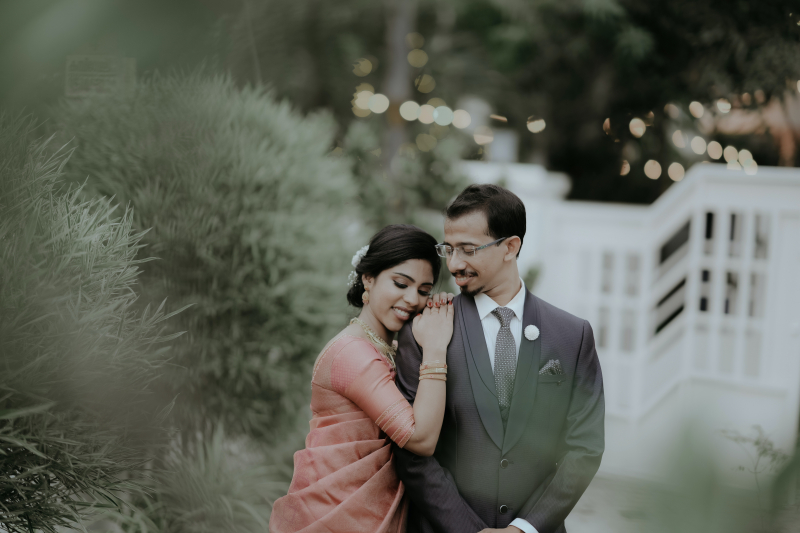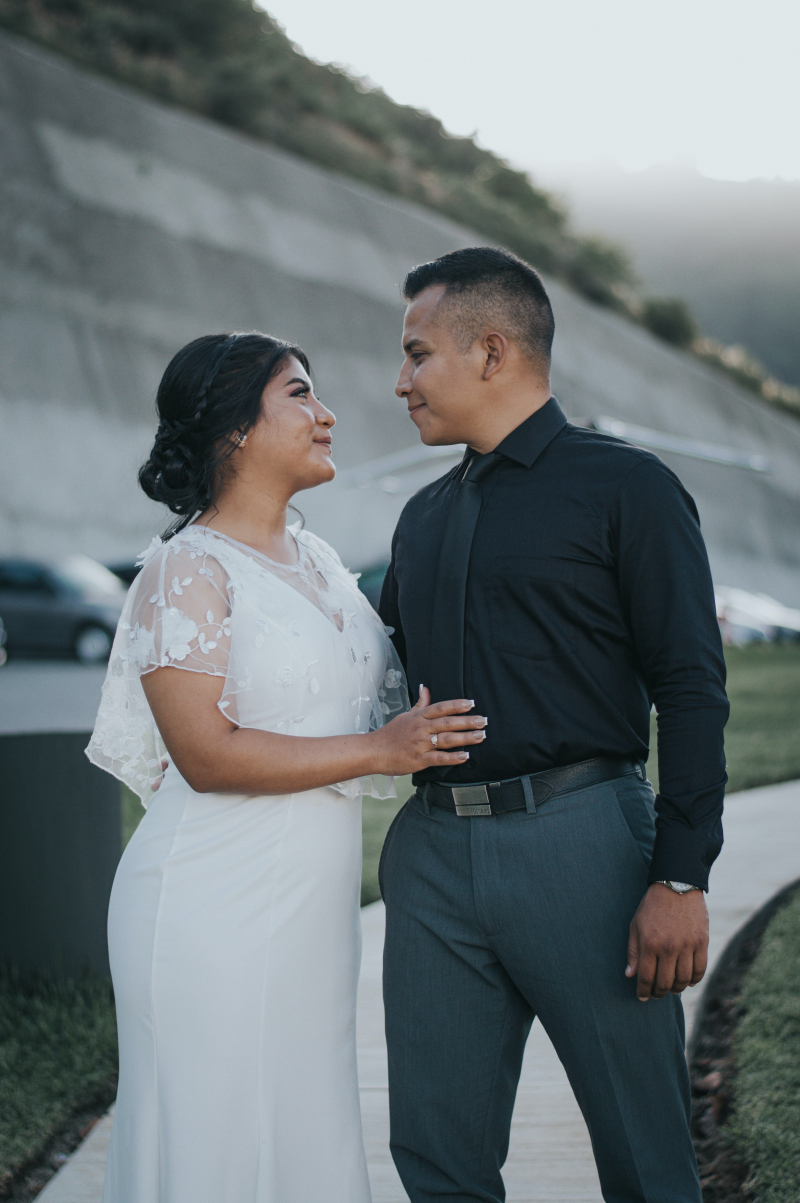In Buddhist weddings, the couples' outfits vary from white gown and tuxedo to traditional attires
While Buddhist teachings do not impose a specific dress code for weddings, the clothing chosen by the couple holds great significance as it mirrors the delicate interplay between contemporary trends and timeless traditions. The white gown symbolizes purity and the promise of a pristine beginning, while the tuxedo represents formality and the gravity of the occasion. This fusion of Western symbolism with Buddhist principles underscores the harmony sought in a marital union—where diverse elements coalesce to form a harmonious whole.
Conversely, many Buddhist couples draw inspiration from their cultural heritage and opt for traditional wedding garments, each a tapestry woven with history and meaning. These garments, often intricate and vibrant, carry the weight of generations and encapsulate the essence of ancestral customs. The rich colors, intricate embroideries, and distinct silhouettes speak a language of tradition and honor, connecting the present celebration to the legacy of the past.
In contemplating their attire, Buddhist couples embark on a journey of self-discovery and expression. They navigate the delicate balance between embracing modern inclinations and honoring time-honored practices, ultimately choosing attire that resonates with their unique identities. This choice serves as a visual proclamation of their commitment and unity, demonstrating that a wedding is not merely an event, but an amalgamation of personal stories and shared aspirations.












